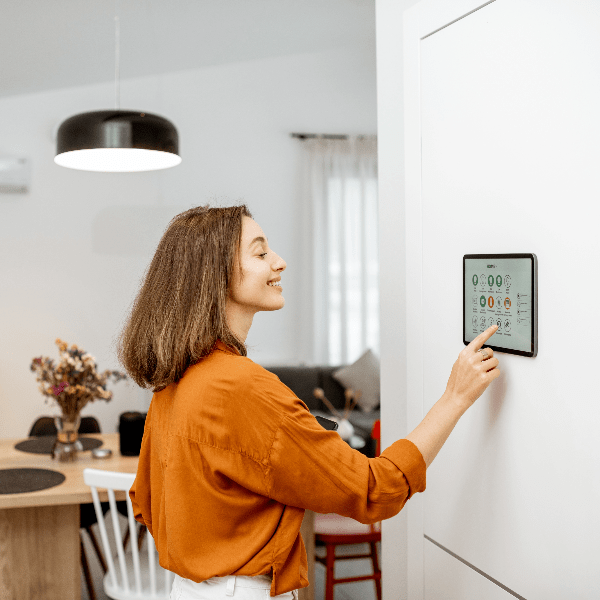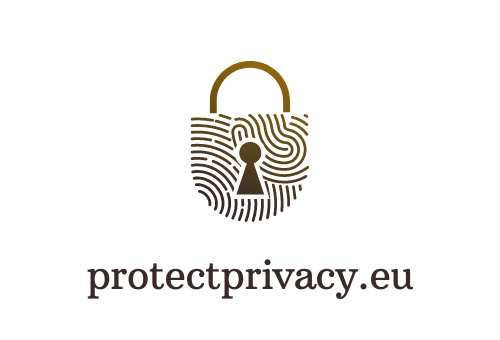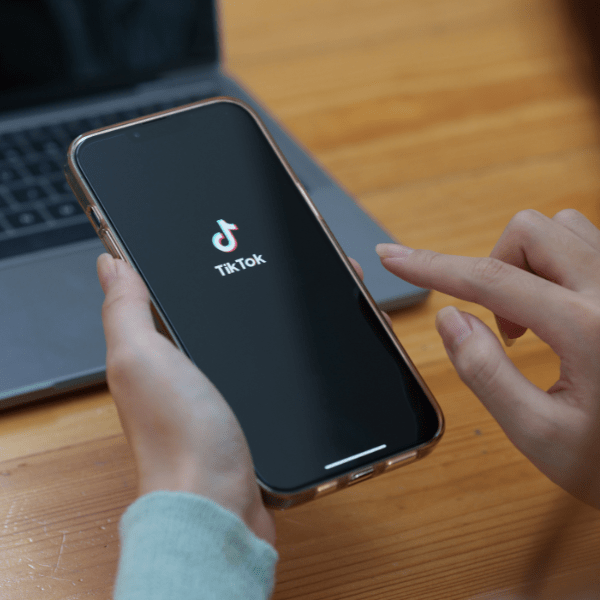The Hidden Risks of Smart Home Devices on Personal Privacy

In an era where technology is seamlessly integrated into our lives, smart home devices have become increasingly popular for their convenience, automation, and promise of a connected home. These devices, ranging from smart thermostats and lights to voice-activated assistants, offer a level of control and efficiency that was once a part of science fiction. However, with this advancement comes a hidden cost – a compromise on personal privacy and security.
Understanding Smart Home Devices
Smart home devices are gadgets and appliances that connect to the internet and can be controlled remotely, usually through a smartphone app or a central hub. They’re designed to make life easier by allowing users to automate and control various aspects of their homes, such as heating, lighting, security, and entertainment.
However, the convenience they bring can inadvertently expose us to privacy risks, as these devices constantly collect and transmit data to the manufacturer’s servers.
Data Privacy Concerns
Data Collection and Storage
Smart home devices often collect vast amounts of data, including your daily routines, preferences, and usage patterns. This data is sent to the cloud, where it’s stored and analyzed. Manufacturers claim this data helps improve the device’s performance and provide a better user experience. However, it raises concerns about who has access to this information and how it is used.
Potential Misuse of Data
The data collected by these devices can be valuable to advertisers, marketers, or even malicious actors. Imagine your daily routines and habits being used to target you with personalized advertisements or, worse, falling into the wrong hands for malicious purposes like identity theft.
Read Next: Decoding Privacy Policies: What You Are Really Agreeing To
Security Risks
Vulnerabilities and Hacking
Smart home devices, like any other connected technology, are susceptible to hacking attempts. Weak passwords, unpatched vulnerabilities, or insecure network configurations can expose your devices and home network to cyber criminals. Once compromised, hackers can gain unauthorized access to your devices and even monitor your activities.
Malware and Phishing Attacks
Malicious software, including malware and phishing attempts, can exploit vulnerabilities in smart home devices. These attacks can lead to unauthorized access, data breaches, or even control of your devices. Phishing attempts might trick you into revealing sensitive information, putting your privacy and security at risk.

Protecting Your Privacy and Security
Strong Passwords and Regular Updates
Always use strong, unique passwords for your smart home devices and change them regularly. Keep the firmware and software of your devices up to date, as updates often contain security patches to address vulnerabilities.
Secure Network Configuration
Secure your home Wi-Fi network with a strong, unique password and use encryption protocols like WPA3. Consider setting up a separate guest network for your smart home devices to isolate them from your main network.
Read Privacy Policies
Before purchasing any smart home device, carefully read and understand the manufacturer’s privacy policy. Be aware of what data is being collected, how it’s used, and if there’s an option to opt out of data sharing.
Disable Unused Features
If a smart home device has features you don’t need, consider disabling them to reduce the amount of data collected and transmitted.
Conclusion
Smart home devices offer incredible convenience and control over our homes, but they also present hidden risks to our privacy and security. It’s crucial to remain vigilant, take necessary precautions, and be informed about the potential risks associated with integrating these devices into our lives. By implementing best practices and staying informed, we can enjoy the benefits of smart technology while safeguarding our privacy and security.







